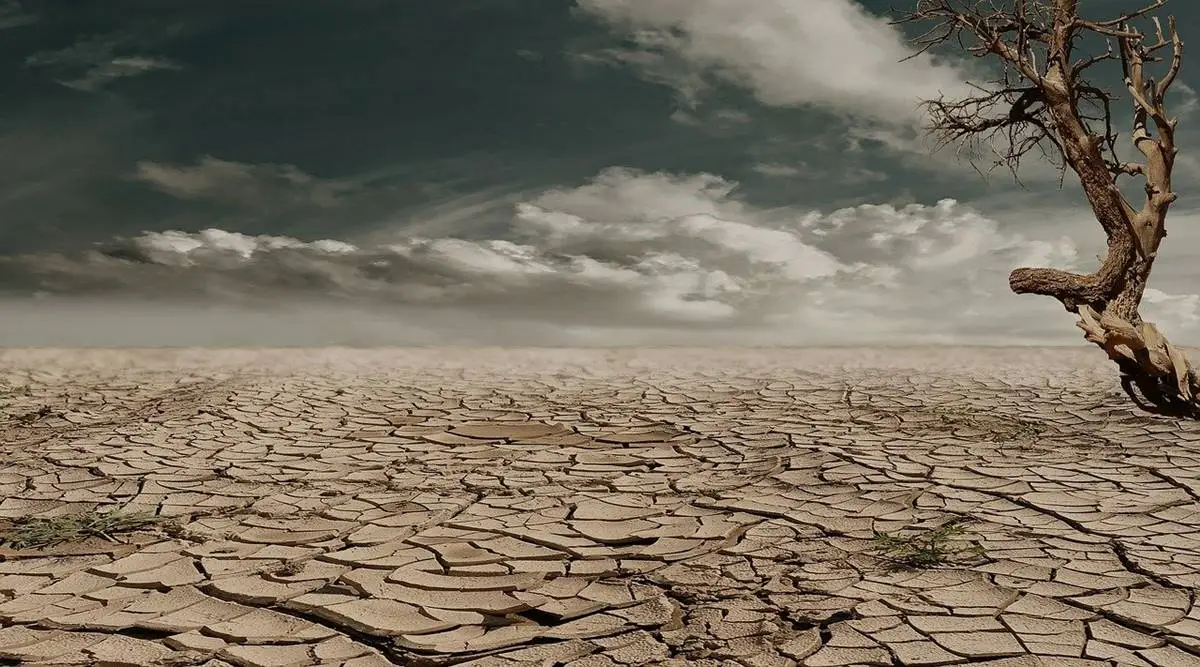Data Sources
A number of different sources of data were gathered initially for this research. These include data from the National Oceanic and Atmospheric Administration, the United States Forest Service, the US Drought Monitor and a database of historical flood data gathered from several different sources, including several above.
National Oceanic and Atomospheric Administration
The National Oceanic and Atmospheric Administration (NOAA) and specifically, the National Centers for Environment Information provides a massive amount of climate information, including everything from essential climate records to space weather, ocean data, and geomagnetism data. Using their API that accesses their file information, daily summaries of climate data for the DC metro region were retrieved and stored. Additionally, monthly averages for important data points like maximum temperature, precipitations, and drought data for each state from 1895 forward was gathered. A preview of the data is below.

United States Forest Service
The United States Department of Agriculture and specifically, the United States Forest Service, provides a vast amount of information on wildfires, data stretching back to the early nineties. This data includes everything from when wildfires occurred to where they occurred, the cause, and the extent of their damage. This data should provide some insights into how the current climate affects wildfires and potentially allow for the prediction of wildfires in the future, especially using the time and location data. A preview of the data is below, showing the number of wildfires over time.
National Drought Mitigation Center
The National Drought Mitigation Center is a partnership with the University of Nebraska-Lincoln created the US. Drought Monitor, which monitors and creates weekly drought reports for regions/states/counties. To measure drought, a set of 4 statuses are used to indicate the severity of the drought conditions. These statuses (D1-D4) range from Abnormally Dry (D1) to Exceptional Drought (D4). A basic visualization of drought in California is below to understand the data better. California is well known for having periods of seasonal drought, can be seen here in the following visualization.
Flood Database (with the help of FEMA)
A multi-year flood database that combines many different flood databases for the United States was created to document the previous 120 years of floods. This flood database combines databases from the National Weather Service, Emergency Events Database, Dartmouth Flood Observatory, amongst others, to create a comprehensive picture of floods in the United States. The data in this database includes information on the duration of the flood, description of the flood, severity, cause, and date the flood occurred. A better understanding of floods over time can be visualized by utilizing this information. See a preview of the data below.

